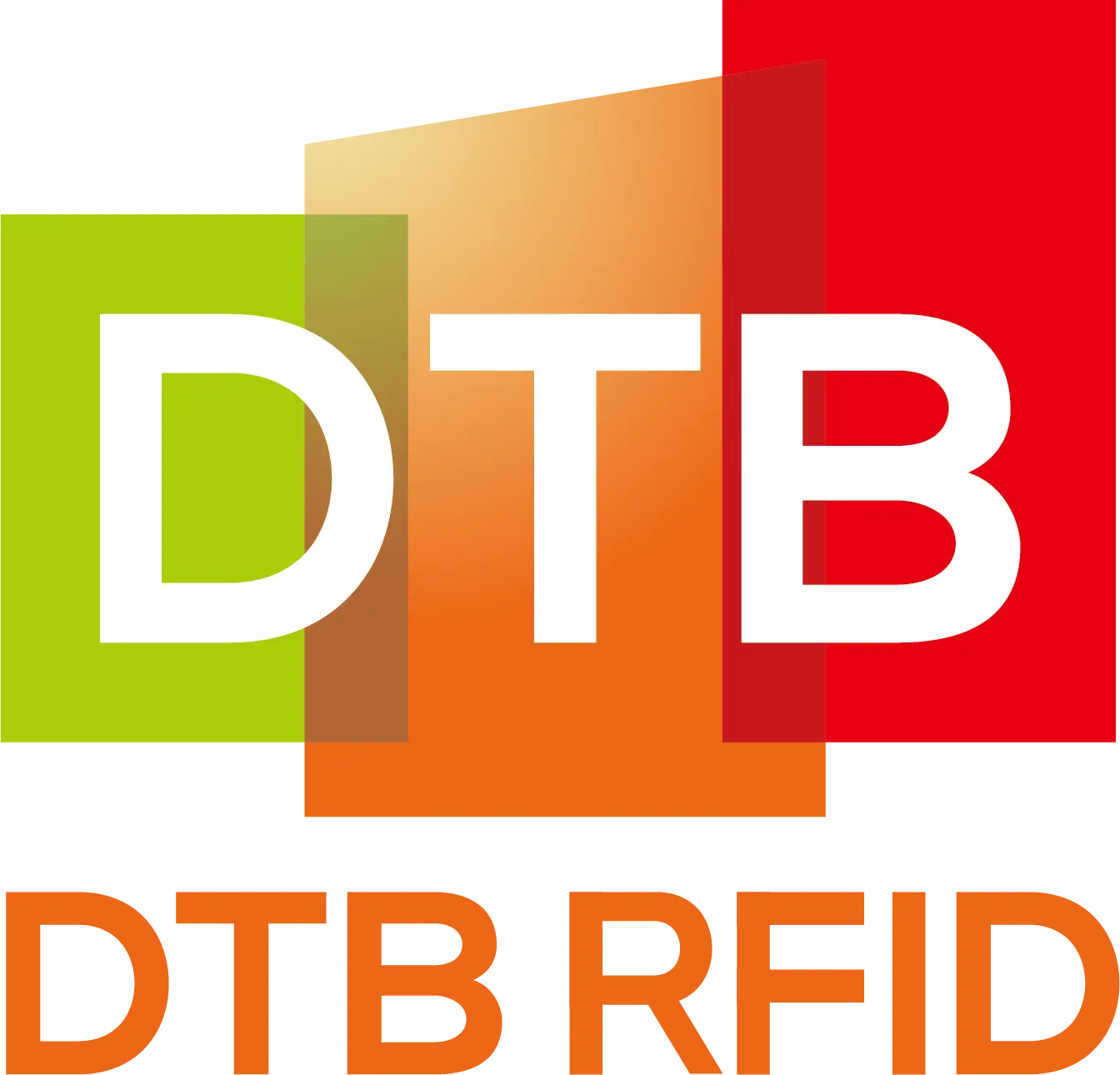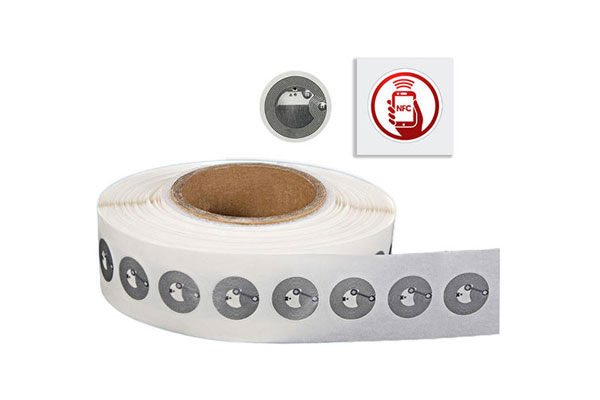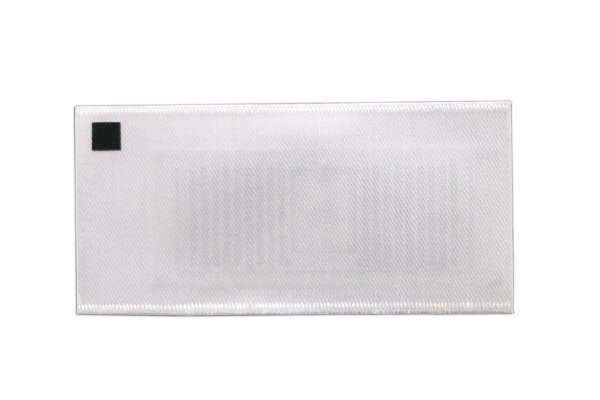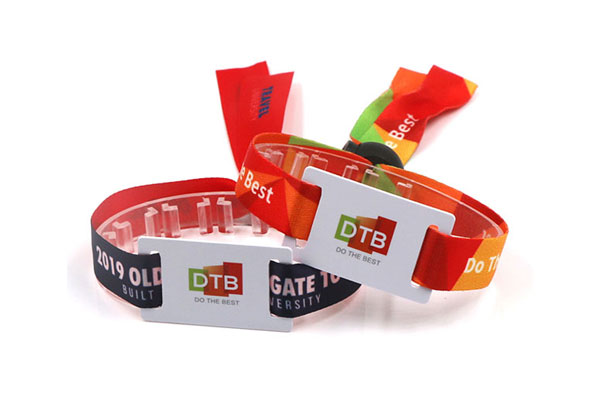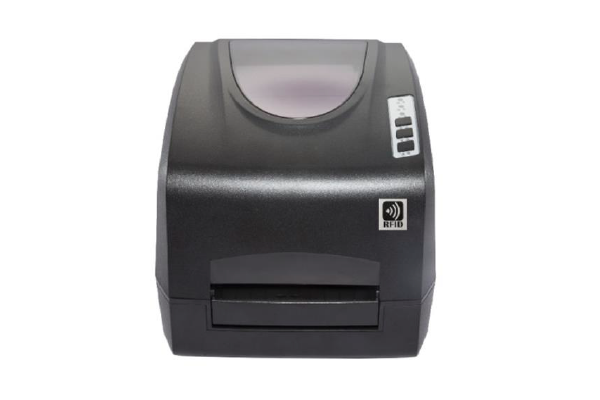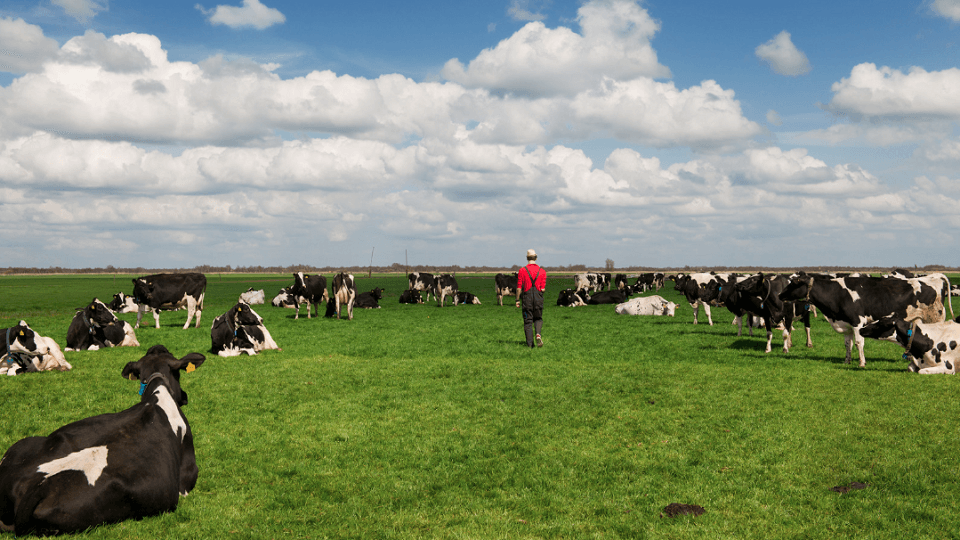Recently, the Animal and Plant Health Inspection Service (APHIS) of the United States Department of Agriculture (USDA) announced the implementation of new regulations regarding cattle tagging. For cattle and bison aged 18 months or older, with intact sexual organs, all dairy cattle, and any cattle or bison used for cowboy sports or entertainment activities, the use of uniquely designated electronic identification (EID) ear tags will be required.
These electronic ear tags specifically refer to RFID livestock tags. The primary purpose of this regulation is to enhance traceability and prevent disease outbreaks throughout the entire process from birth to slaughter of cattle.
Electronic livestock tags emerged in the 1970s as early civilian products of RFID technology.
When animals are within the range of a reader, the reader emits radio signals to activate the RFID chip. The chip then responds with a signal containing the animal’s identification number. The reader can forward this information to a computer that tracks each individual animal.
Farmers and ranchers use these tags to monitor various metrics including medication dosage, feed yield, weight, and milk production.
When connected to other sensors, RFID chips can also store additional data. For instance, temperature readings indicate whether an animal is sick or ovulating. These chips can also issue alerts immediately if an animal’s temperature is too high or if it is in labor.
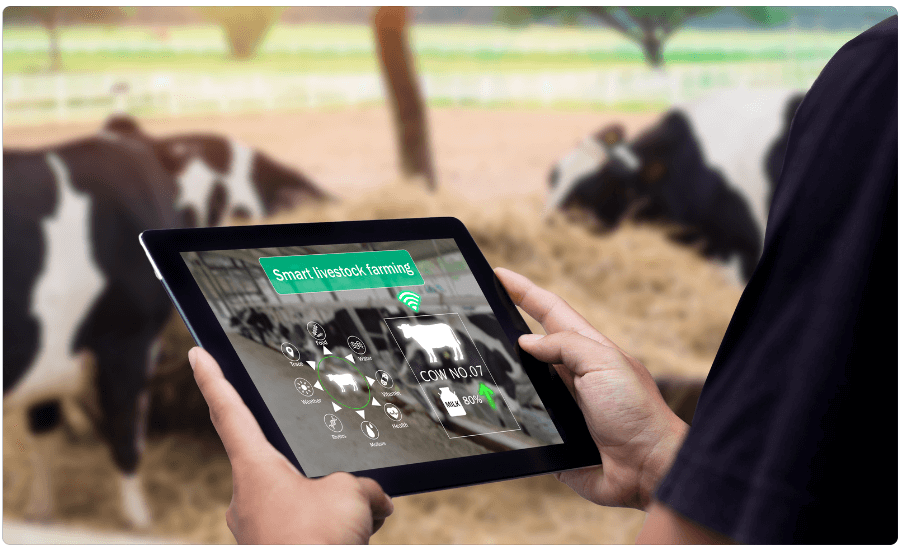
Introduction
RFID livestock tags consist of a microchip and antenna enclosed in a durable casing, typically made of materials like PET, TPU, or other sturdy substances.
The microchip stores a unique identification code associated with the individual animal, while the antenna aids in communication with RFID readers via radio waves.
When an RFID reader emits radio waves, the tag absorbs this energy to power the microchip. The microchip then transmits the stored identification number back to the reader through the antenna. This process, known as interrogation or scanning, allows for quick and accurate identification of animals without direct contact.
Applications of RFID Livestock Tags
Farmers use RFID livestock tags to track the movement, health status, and productivity of individual animals, monitoring the entire supply chain from farm to slaughterhouse to retail, ensuring compliance with regulations and standards.
Veterinarians utilize RFID livestock tags to gather information more efficiently, reducing disturbances to the entire herd when detecting sick animals, thereby minimizing impacts on producers and communities.
Scientists leverage RFID data for research, studying animal behavior, genetics, and environmental impacts to drive advancements in agriculture and livestock husbandry.
APHIS has been providing official ID tags for years. Since 2020, it has been supplying up to 8 million LF RFID button tags annually to state animal health officials for monitoring cattle and bison across states.
Advantages of RFID Livestock Tags
Traditional animal identification requires users to visually read printed numbers on metal ear tags. Metal tags necessitate manual data entry, increasing the likelihood of transcription errors.
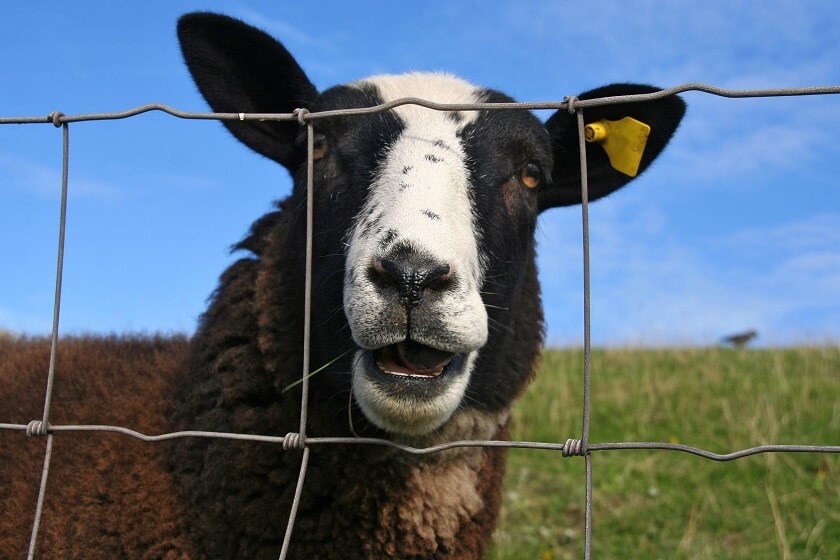
The manual process can also disrupt normal herd operations, add stress to the animals, and increase the risk of injury to both animals and stockpersons.
Currently, the population of cattle and bison in the United States fluctuates between 85 to 100 million annually, and the benefits of managing them with RFID ear tags are evident.
Efficient Identification
RFID tags enable quick and accurate identification of individual animals, facilitating tasks such as inventory management, breeding records, and health monitoring.
Traceability
Each RFID tag is uniquely associated with a specific animal, making traceability throughout the entire supply chain feasible, thereby enhancing food safety and quality assurance.
Data Collection
RFID technology can collect valuable data on animal behavior, movement patterns, and health indicators, enabling producers to make informed decisions.
Automation
Integration of RFID systems with automated processes streamlines operations, reduces labor costs, and increases productivity.
Disease Management
RFID livestock tags can swiftly identify and isolate potentially infected animals, thereby minimizing the spread of diseases within the herd.
Challenges and Considerations
The USDA is transforming the U.S. food system to ensure local and regional production of healthy, nutritious food, striving to create clearer supply chain systems for food sourcing in all communities.
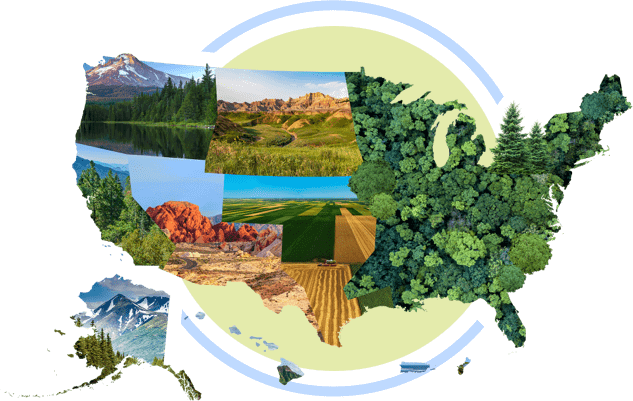
As a producer, there are various factors to consider when implementing RFID technology.
Demand vs. Returns
The initial investment in RFID tags and infrastructure is significant for farmers, especially for small-scale operations.
You need to consider whether LF or UHF tags are suitable based on the specific needs of livestock management and equip them with corresponding readers and systems.
Operability
Ensuring compatibility between RFID tags, systems, and readers from different manufacturers is crucial for seamless data exchange and integration.
In addition to the temperature sensors mentioned above, many farmers typically combine electronic tags with other markers, such as visual tags, to quickly identify individual animals or groups.
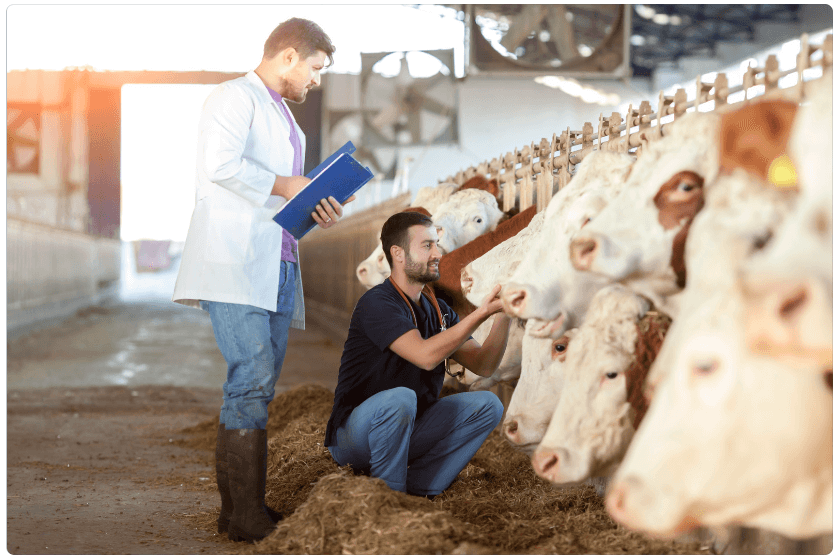
Tag Durability
RFID livestock tags must withstand harsh environmental conditions and the wear and tear of daily agricultural activities.
Materials like TPU and IP67 protection ensure the long-term reliable performance of RFID livestock tags.
